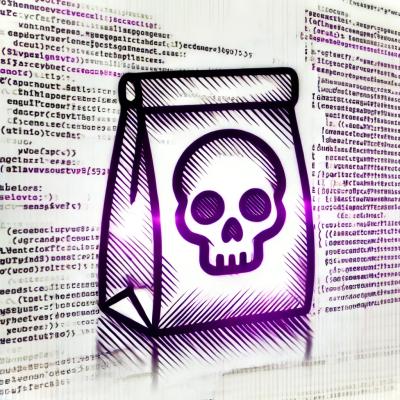Etro


Etro was previously known as Vidar, but it had to be renamed to avoid
confusion with an existing software product.
Etro is a typescript framework for programmatically editing videos. Similar to
GUI-based video-editing software, it lets you composite layers and add effects.
Etro comes shipped with text, video, audio and image layers, along with a bunch
of GLSL effects. You can also define your own layers and effects with javascript
and GLSL.
Features
- Composite video and audio layers
- Use built-in hardware accelerated effects
- Write your own effects in JavaScript and GLSL
- Manipulate audio with the web audio API (audio effects coming soon)
- Define layer and effect parameters as keyframes or custom functions
- Render to a blob in realtime (offline rendering coming soon)
Installation
npm i etro
Basic Usage
Let's look at an example:
import etro from 'etro'
var movie = new etro.Movie({ canvas: outputCanvas })
var layer = new etro.layer.Video({ startTime: 0, source: videoElement })
movie.addLayer(layer)
movie.record({ frameRate: 24 })
.then(blob => ...)
The blob could then be downloaded as a video file or displayed using a <video>
element.
Effects
Effects can transform the output of a layer or movie:
var layer = new etro.layer.Video({ startTime: 0, source: videoElement })
.addEffect(new etro.effect.Brightness({ brightness: +100) }))
Dynamic Properties
Most properties also support keyframes and functions:
layer.effects[0].brightness = new etro.KeyFrame(
[0, -75],
[2, +75]
)
layer.effects[0].brightness = () => 100 * Math.random() - 50
Using in Node
To use Etro in Node, see the wrapper:
Running the Examples
First, download the assets for the examples:
npm run assets
Then, start the development server (only used for convience while developing;
you don't need a server to use Etro):
npm start
Now you can open any example (such as
http://127.0.0.1:8080/examples/introduction/hello-world1.html).
Further Reading
Contributing
See the contributing guide
License
Distributed under GNU General Public License v3. See LICENSE for more
information.





